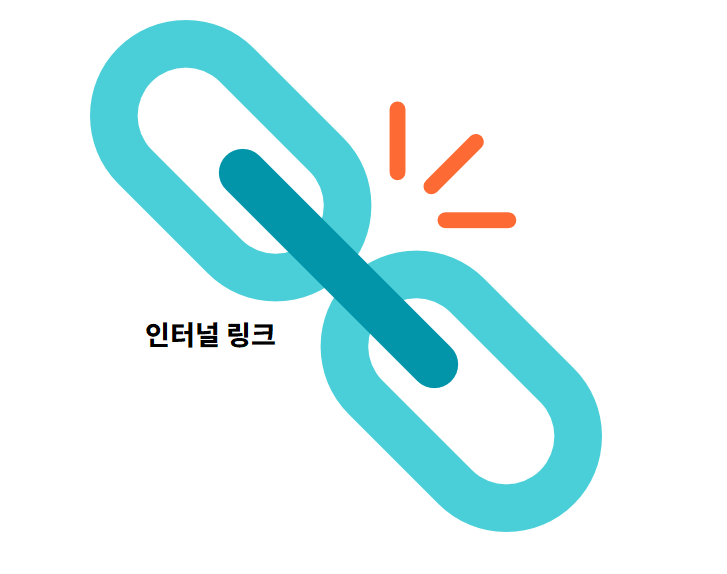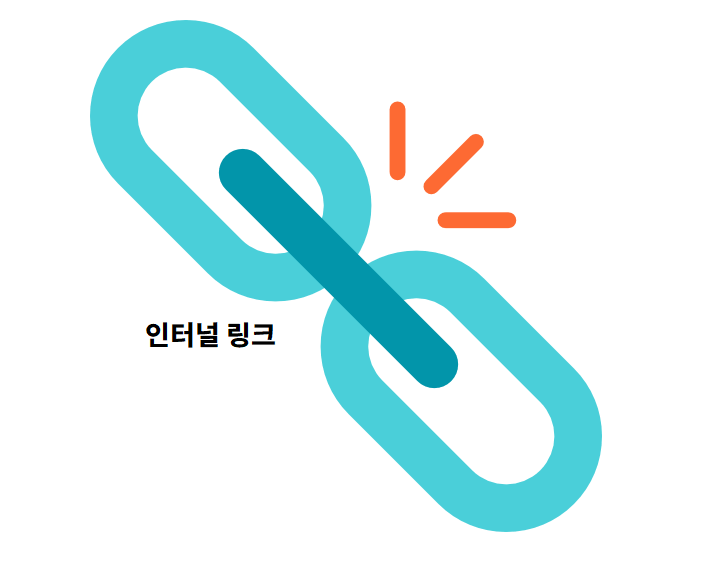Introduction
In the ever-evolving landscape of online presence, understanding the significance of 인터널 링크 (internal links) is paramount. These links not only assist users in navigating your website but also play a pivotal role in improving search engine understanding of your site’s content. In this comprehensive guide, we will delve deep into the world of 인터널 링크, defining their purpose, and uncovering the strategies to create them effectively.

Define Purpose
When embarking on the journey of crafting 인터널 링크, it’s imperative to be crystal clear about their purpose. Let’s explore the primary objectives behind incorporating internal links into your website:
Improved User Usability
One of the core purposes of 인터널 링크 is to enhance user experience and usability. These links serve as signposts, guiding visitors to relevant information or pages within your website. By making navigation smoother, you encourage users to explore your site further, ultimately increasing the likelihood of conversion.
The Art of Perfecting Internal Links
Creating 인터널 링크 that truly make an impact requires a blend of expertise and creativity. Here, we will uncover the art of perfecting internal links, ensuring they contribute to your website’s success.
Strategic Anchor Text
The text you choose to link is crucial. Opt for descriptive, keyword-rich anchor text that provides users with a clear idea of what to expect when they click. This not only aids in user navigation but also improves SEO.
Relevance is Key
Ensure that your internal links are contextually relevant to the content they are embedded within. Irrelevant links can confuse users and diminish the overall user experience.
A Balanced Approach
Don’t overwhelm your content with too many internal links. Keep it balanced and only include links that genuinely add value to the user’s journey.
Consistency Matters
Maintain consistency in your internal linking strategy. Use a standardized format for your links to make them easily recognizable to users.
SEO Benefits
Apart from improving user experience, 인터널 링크 can significantly impact your website’s SEO performance. Search engines use these links to crawl and index your site effectively.
Conclusion
In conclusion, mastering the art of 인터널 링크 is a crucial aspect of enhancing user usability and optimizing your website for search engines. By defining their purpose, strategically implementing them, and understanding their SEO benefits, you can create a seamless and user-friendly web experience that leads to improved conversion rates.
FAQs
Let’s address some common questions related to 인터널 링크:
How many internal links should I include in a single page?
The number of internal links you should include depends on the length and content of your page. However, as a general guideline, aim for 2-5 internal links per 1000 words of content.
Can I use the same anchor text for multiple internal links?
While it’s possible to use the same anchor text for multiple links, it’s generally advisable to diversify your anchor text to provide more context and relevance to users and search engines.
Should I prioritize user experience or SEO when creating internal links?
It’s essential to strike a balance between user experience and SEO when creating internal links. Both aspects are interconnected, as a better user experience can lead to improved SEO performance.
Can I remove or update internal links over time?
Yes, you can and should update and remove internal links as needed. Keeping your internal linking structure fresh and relevant is essential for both users and search engines.
Are there any tools to help with internal link optimization?
인터널 링크 are just as important for mobile SEO as they are for desktop SEO. Ensuring a seamless user experience on mobile devices by using well-placed and responsive internal links is crucial for overall website performance.
